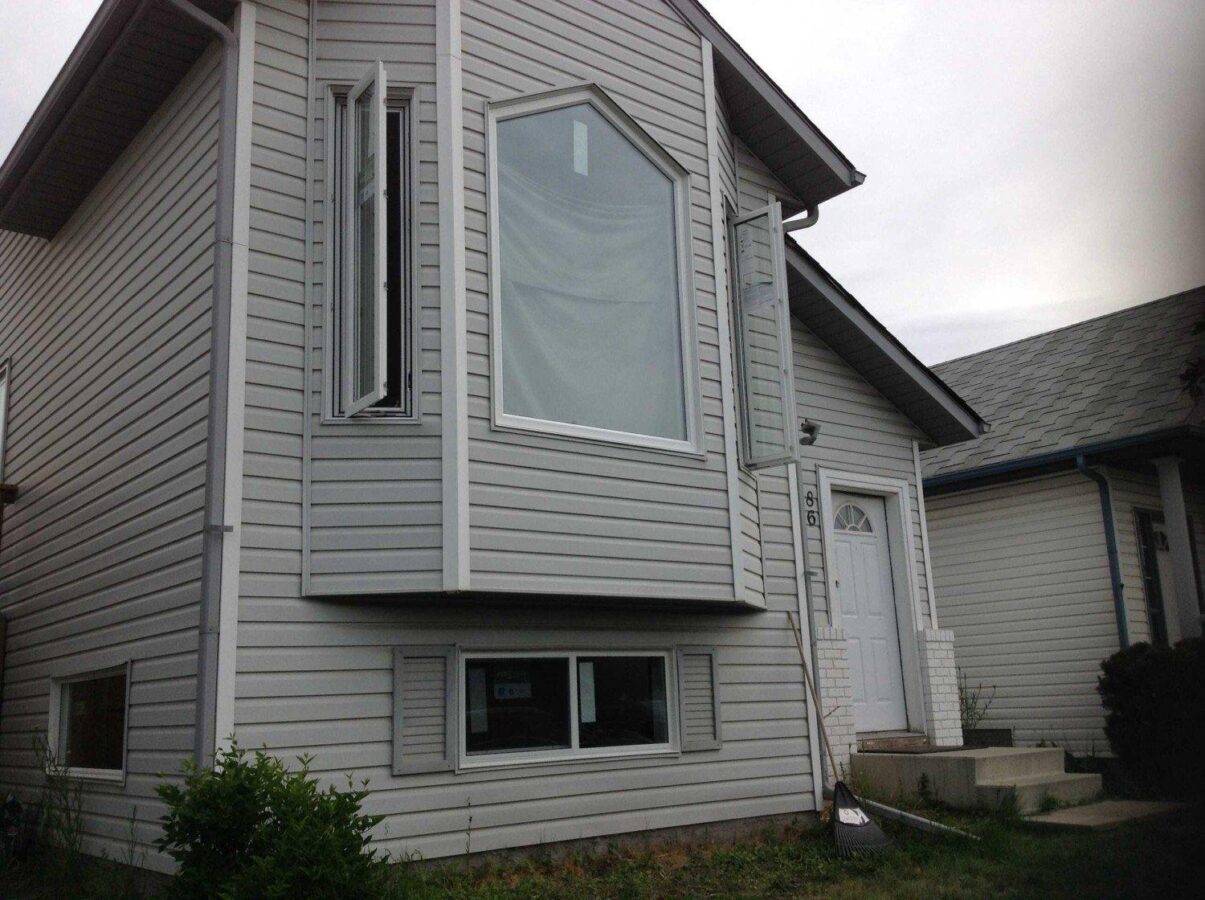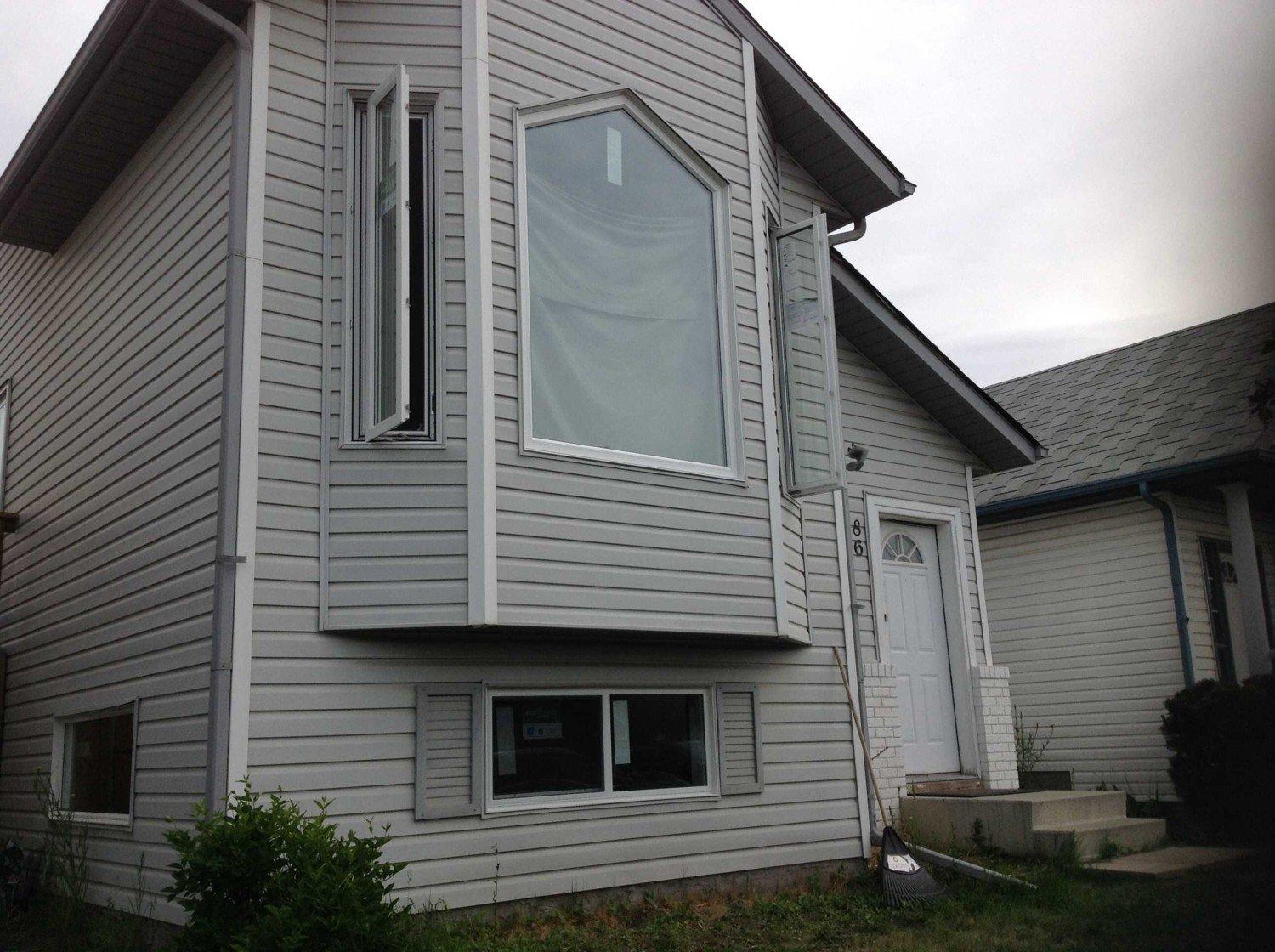Having new energy efficient Canadian windows installed is undoubtedly a great improvement for your house. Most homeowners decide on a replacement to improve interior comfort, address any leak and draft problems with the existing windows, and hopefully save a buck or two on their energy bill.
But as we mentioned in previous posts, a complete correct window installation is sometimes a result of several processes coming together. A knowledgeable installer can often identify issues that will require additional work at the time of measurement. But even the best workers can’t always foresee the problems inside your walls. It is not uncommon either for some of these problems to become evident even after your new custom windows and doors have been put in. Even if done to standard, a window replacement can often disturb structural elements in your house, thus exposing some of the problems that were not visible before.

Let’s take a look at some of the things your new Canadian windows may reveal about your home, and what that means to you as a homeowner.
1. Condensation
This is probably one of the more common topics service technicians end up discussing with new customers. Condensation on windows is one of the main reasons people decide to change them in the first place, and also happens to be one of the biggest points of dissatisfaction once the units are put in. If you’re curious about how condensation happens. For the sake of this discussion, we’ll say only that it is absolutely normal for condensation to appear on new windows. This has nothing to do with the quality of the windows per se, but rather with the vast difference between the inside and outside temperature. This is especially pertinent to homes in Canada, where temperatures drop significantly in the winter. Naturally, as the new windows “adjust” to your home, the amount of condensation on the glazing will decrease. You should really be concerned only if it doesn’t. High levels of humidity in your house are a precursor to bigger potential problems. Homes with prolonged high levels of humidity are more susceptible to develop mold, especially in areas where this humidity is concentrated (around your windows).
2. Structural Integrity
Problems with the structure of a wall are sometimes difficult to identify until the day of the installation when the used windows come out of the rough opening. Because the installer can’t always take the casing off at the time of measurement to examine the wall, issues with rotting or damaged wood inside the wall sometimes have to be dealt with on site. For the longevity of your new windows, all rotten wood should be cut away or replaced at the time of the installation. This will significantly reduce the accumulation of moisture in your wall, and ensure the weight of the window is evenly distributed and not compromised in any part of the wall. It is important to consider here why the wood was rotting in the first place. Were certain parts exposed to the elements? Does the window replacement prevent rotting from happening again in the near future?
3. Drafts
Drafts are a sure sign that your windows need replacement. Not coincidentally, this is also the number one problem people cite when we ask why they want to replace them. When installed correctly, replacement windows should eliminate drafts from the opening entirely. If you recently had windows replaced and are still noticing drafts, there may be some structural issues that are allowing for air passage. Hold a candle or lighter by a place you suspect is drafty. This method will help you identify where the drafts are coming from and whether the issue is with the unit, the installation or the structure of your home. Identifying and eliminating drafts will help ensure you get the most of your energy efficient windows.
4. Leaks
The least pleasant, and often the most damaging, water leaks sometimes occur on new windows that have just been installed. But the issue is very rarely in the unit itself. Today window manufacturers design windows specifically so that any water in the frame or sash naturally drains away from and not into your house. If you have a nasty leak on your new window, it is often because the installation has disturbed something in the wall that was previously housing that pooling water. These wall leaks can come from as high up as your roof, and sometimes require a specialist to identify and resolve. The easiest way to tell these is by the dirt brown colour of the water that is coming through after traveling the length of your wall. Water that is pooled or leaked through the window itself usually tends to be rainwater or snow and is clear and colorless.
5. Energy Usage in your home
Perhaps one of the more pleasant things your windows will reveal about your home are the energy savings that come with your replacement. Canadians spend roughly 80% of their annual heating and cooling bills to keep the warm air in their house in the winter. By their definition, energy efficient windows prevent warm air from escaping your house. If you buy windows that are ENERGY STAR rated and CSA certified for different climate zones in Canada, it is easy to save big on energy costs even during the cold of winter. This is why custom replacements are considered an investment and not a purchase. Hopefully after replacing your windows you will see the difference for yourself, and be able to discern just how much value there is in your investment. If you had a substantial number of windows replaced, and your energy bill hasn’t changed, there may be issues with how the heating in your house works.
How your new windows interact and behave in your home is a great way to assess other replacement or structural needs. It can help you better plan your future investments into the well-being and comfort of your home.
Check out these window replacement articles:
Find out how much new windows should cost
Learn about energy efficiency features in modern windows
See how the window replacement process works in our infographic

